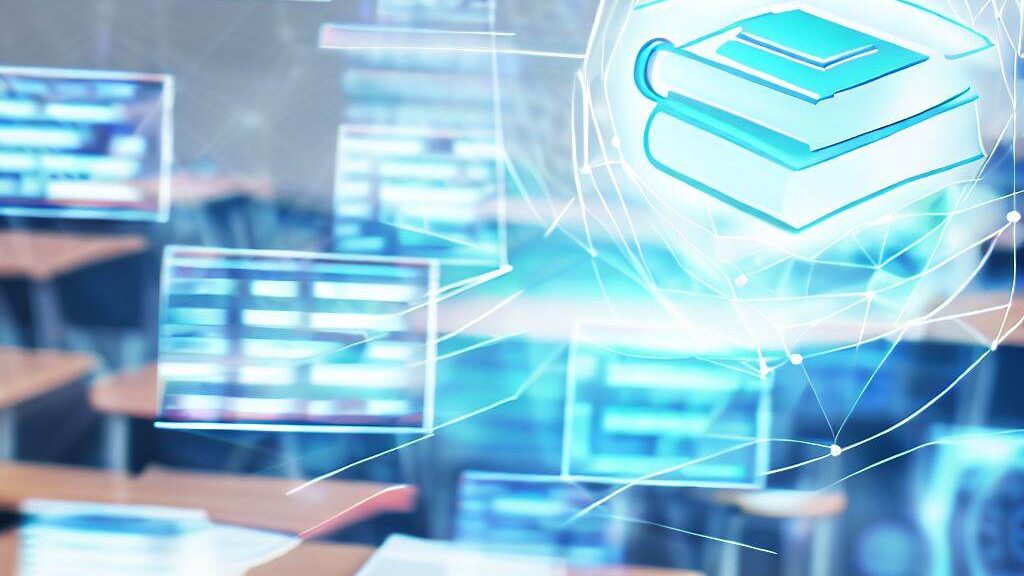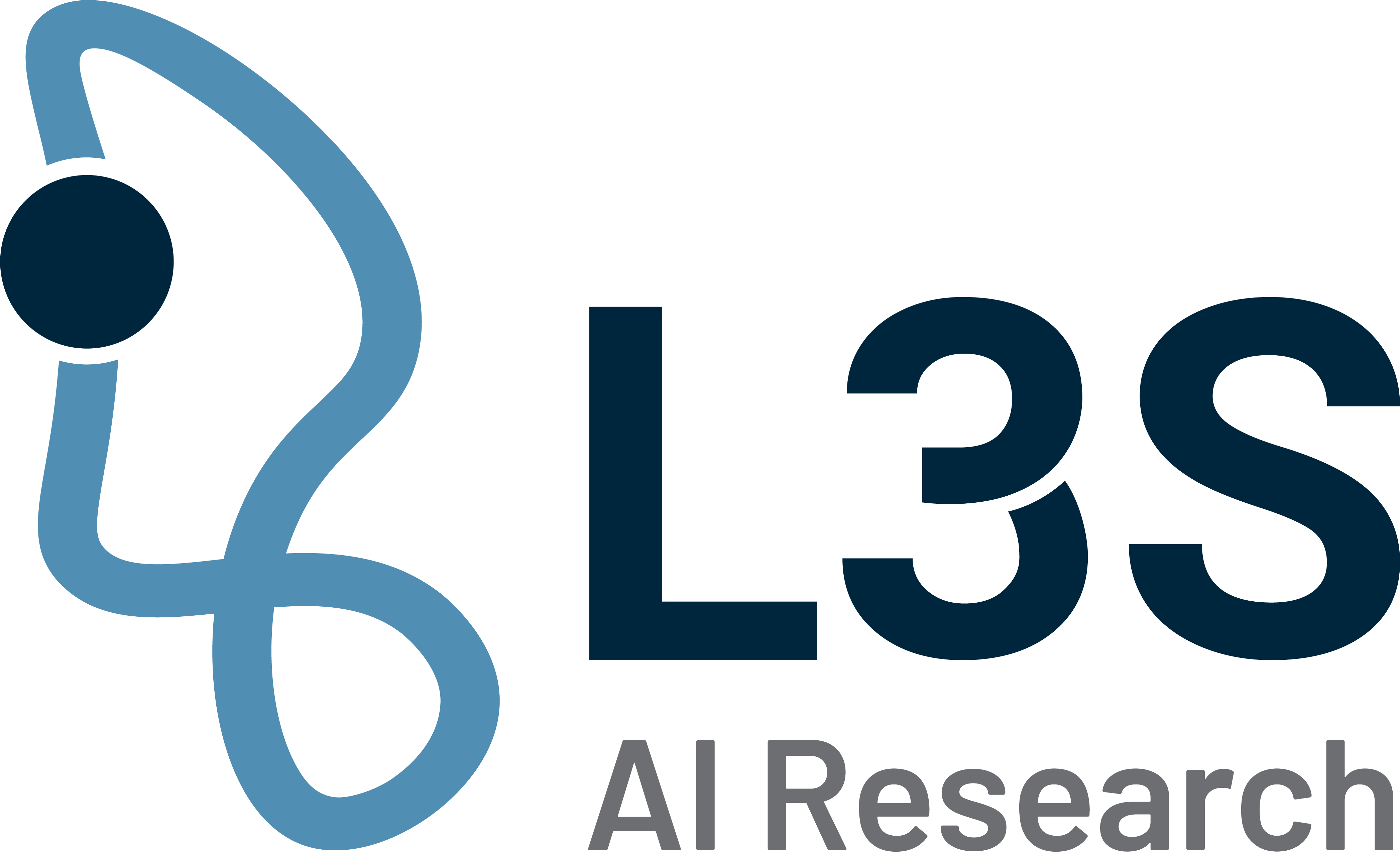Education stands at the forefront of innovation in a rapidly evolving world where technology reshapes every aspect of our lives. One of the most promising innovations in education is the integration of knowledge graphs. This concept promises to revolutionise the way we personalise learning experiences for students.
The Power of Personalised Learning
Access to quality education is a fundamental human right, and the goal of providing equitable and inclusive education has been at the forefront of educational initiatives worldwide. In recent years, personalised learning experiences have gained momentum as an effective way to cater to individual students’ needs, preferences, and learning styles.
Knowledge Graphs in Education
Imagine a world where learning experiences are tailored to individual students, educational resources are seamlessly interconnected, and knowledge is not just acquired but truly understood. Knowledge graphs, as described in the futuristic paper by Ilkou et al. [1], could emerge as game-changers in the world of education. The educational knowledge graphs are structured knowledge representations that connect concepts, topics, and resources meaningfully, helping the students achieve higher performance. Here’s why they matter:
- Enhanced Personalisation: Knowledge graphs could enable educators to tailor learning experiences for individual students. Educators can offer personalised content and support by understanding the students’ unique backgrounds, goals, and characteristics, maximising their engagement and success.
- Efficient Content Delivery: With knowledge graphs, educational content could be organised and delivered more efficiently. Students could receive the correct information at the right time, streamlining the learning process.
- Multi-Modal Learning: Students may have different learning preferences and abilities in today’s diverse classrooms. Knowledge graphs can accommodate multi-modal learning, catering to various learning styles, languages, and skills.
- Supporting Special Education: Knowledge graphs could be particularly valuable in supporting special education and addressing the needs of students with disabilities. These tools can adapt content and resources to meet the unique requirements of each student.
Selected predictions for the next 20 years based on [1]:
- The e-learning market has reached a $3t market growth with above 2.5% growth per year
- Integrated Artificial General Intelligence merges symbolic and sub-symbolic approaches, enabling systems to perform complex tasks, reason, and learn across a wide range of domains.
- Advances in personalised learning precipitate a shift in the role of educators, transitioning from traditional tutors to mentors.
- Special education transformed into a more inclusive educational analysis perception.
- Educational resources exist interlinked, and curricula are structured as multi-modal KGs.
[1] Ilkou, Eleni, Martina Galletti, and Daniil Dobriy. “EduMultiKG attains 92% accuracy in K-12 user profiling!.” Proceedings of The Semantic Web: ESWC 2023 Satellite Events (2023).


